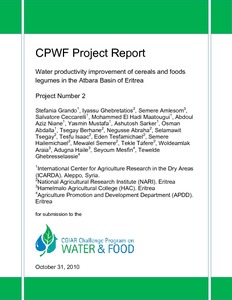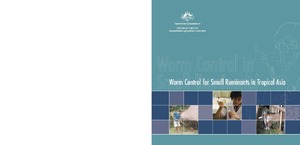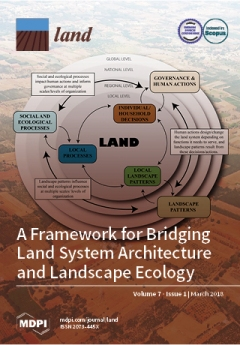Water productivity improvement of cereals and foods legumes in the Atbara Basin of Eritrea
The project ‘Water Productivity Improvement of Cereals and Food Legumes in the Atbara Basin of Eritrea’ is an example of organization and implementation of farmers’ participatory research, conducted utilizing the available indigenous knowledge while empowering farming communities. Farmers have been partners in technology development with extension and research, with full decision-making power in planning, implementation, monitoring, and evaluation.
Water productivity in agriculture: limits and opportunities for improvement
What determines contribution to a common fund for upkeep of water infrastructures? Evidence from experimental game in Coastal Bangladesh
This interactive poster was presented at the 2013 Stockholm World Water Week. It describes the results of a 'public good game' carried out with farmers in the polder zones of coastal Bangladesh in order to understand determinants of contributions to maintain a public good.
WLE Ganges Focal Region Meeting
Following the two-day WLE Ganges Regional Research Workshop on the CPWF Delta Program, a smaller meeting was held with fourteen participants. This meeting focused on providing insights from CPWF’s work in the Ganges and developing recommendations for the design team that will develop the WLE Ganges proposal. Discussions were based on the recently drafted Ganges Focal Region Development Challenge concept note following a WLE meeting in Amman, Jordan. Participants included key members of the CPWF-Ganges research team and representatives of the WLE Ganges ‘hills’ and ‘plains’ regions.
Women farm fish: Gender and commercial fish cage culture in the Upper Ping River northern Thailand
Worm control for small ruminants in tropical Asia
ACIAR funded a collaborative project between research organisations in Southeast Asia for ILRI and regional partners to explore new ways to control helminth parasites in the tropics. The project aimed to increase small ruminant production in Southeast Asia by controlling internal parasites, which are one of the major constraints to sheep and goat production in the tropics. Control of internal parasites also provides an avenue for general improvement in husbandry methods.
From Land Degradation to Land Health
This is a brief for Policy Makers titled "From Land Degradation to Land Health"
LUP coordination workshop in Huaphan Province report
The Province of Huaphan is implementing Land Use Planning (LUP) as a way to achieve national development goals such as reduction of rural poverty, investment in land and reduction of competition over land. This report covers the process of land use planning; the results of consultations with villagers and district and provincial officials; and the next steps to implement land use planning in Huaphan Province.
Groundwater Irrigation Management and the Existing Challenges from the Farmers’ Perspective in Central Iran
The sustainable management of natural resources, and particularly groundwater, presents a major challenge in arid regions to ensure security of water supply and support agricultural production. In many cases, the role of smallholder farmers is often neglected when managing irrigated water and land processes.
Spatial Modeling of Soil Erosion Risk and Its Implication for Conservation Planning: the Case of the Gobele Watershed, East Hararghe Zone, Ethiopia
Soil erosion by water has accelerated over recent decades due to non-sustainable land use practices resulting in substantial land degradation processes. Spatially explicit information on soil erosion is critical for the development and implementation of appropriate Soil and Water Conservation (SWC) measures.The objectives of this study were to estimate the magnitude of soil loss rate, assess the change of erosion risk, and elucidate their implication for SWC planning in the Gobele Watershed, East Hararghe Zone, Ethiopia.
Effect of Feeding System on Enteric Methane Emissions from Individual Dairy Cows on Commercial Farms
This study investigated the effects of feeding system on diurnal enteric methane (CH4) emissions from individual cows on commercial farms. Data were obtained from 830 cows across 12 farms, and data collated included production records, CH4 measurements (in the breath of cows using CH4 analysers at robotic milking stations for at least seven days) and diet composition. Cows received either a partial mixed ration (PMR) or a PMR with grazing. A linear mixed model was used to describe variation in CH4 emissions per individual cow and assess the effect of feeding system.








